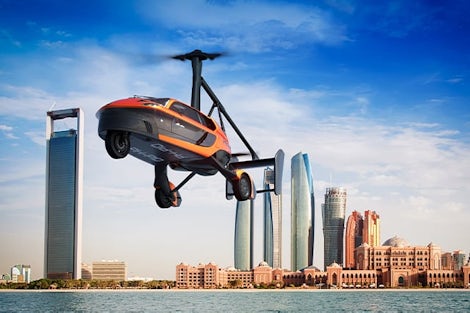
World leader in sustainable FlyDrive mobility solutions
The drive to fly
Uniting road and air mobility through FlyDrive solutions, to overcome natural barriers, congestion, and damaged or missing infrastructure. Our mission is to enhance operational efficiency and effectiveness, save time, and connect remote areas with innovative and sustainable products. Therefore, we have developed a platform which is both a car that flies and a plane that drives.
R&D and aviation are in our DNA. We constantly seek the new, driven by a desire to innovate, evolve, and improve - ourselves, and the world around us. Our aim is to forge a path worth following, both on the ground and in the sky.
This is what we call the drive to fly.
An enormous industry is emerging
Adding a third dimension to mobility is creating new opportunities to resolve the increasing global mobility challenges: an enormous new industry is emerging.
Advanced Air Mobility
Stay up to date
Join the exciting PAL-V journey and stay up to date on the latest news, developments and events near you!





